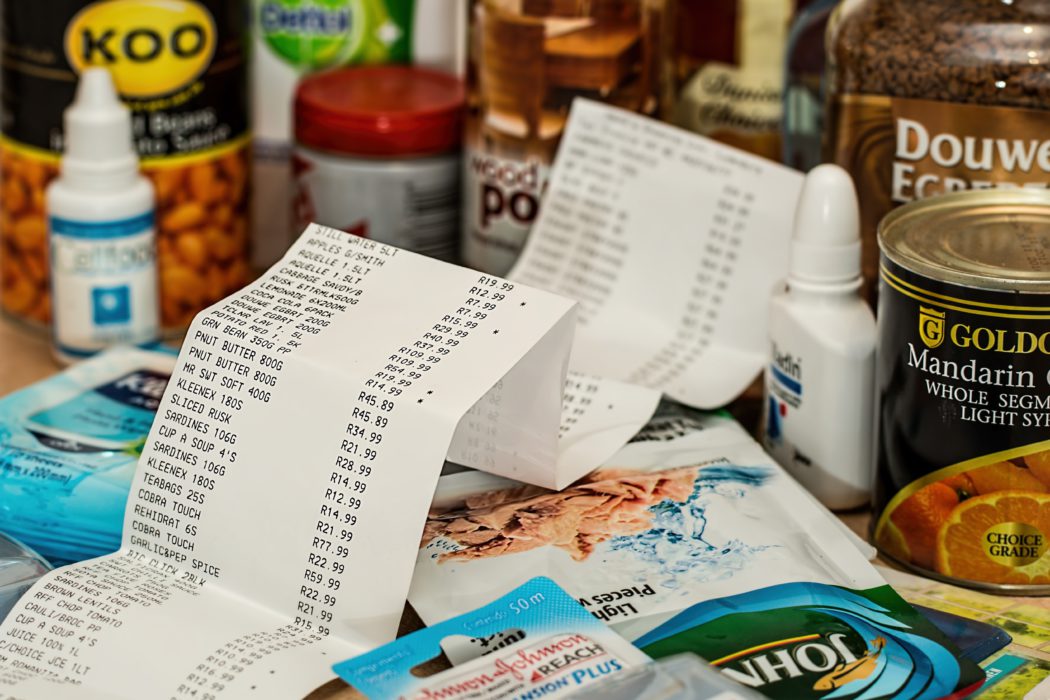A frugal foodie with a hungry teenager
I am a sole-support, single mother who feeds a growing 13-year-old boy on a budget. I am a frugal foodie. I also understand how important it is for my son Ivan to have healthy food options as he grows (and
grows, and grows…).
Food can be delicious without breaking the bank. Here are some suggestions on how to be a frugal foodie:
Make a list. I think about what I want to cook/eat for the week before I grocery shop. This way I know what I am shopping for and can stick to the list.
Be a smart shopper. Yes, I do realize that buying local is better for the local economy. However, it isn’t always possible when one is on a tight budget, especially when some prices are just too good to pass up at the ‘big box store’. So, I do a little shopping in column A, and a little shopping in column B.
Direct from the butcher. Buying a bulk amount of meat directly from a butcher is pound-for-pound cheaper than buying it as individual cuts of meat from a grocery store.
The ‘cheaper cuts’. Less expensive cuts (like flank, chuck, or blade of beef) are delicious if marinated and cooked properly. The toughest cut of meat can melt in your mouth when prepared in a slow cooker.
Frozen vegetables rarely ‘go bad’. I absolutely hate throwing out food, especially fresh food, but sometimes the portions are just too big for two people to eat. So, I tend to buy frozen vegetables and keep them sealed well so I can have them for future use.
Buy in season. Local fruits and vegetables are always less expensive to buy when they are in season; strawberries are always less expensive when bought in early summer, apples in fall, etc.
Cook extra. I’m not a fan of being in the kitchen every night, so I always cook extra. That way, I have left-overs for lunch or supper the next day, or I freeze it for later (chili, soup, casseroles, and lasagna are great to freeze!)
Portion foods. Dairy items, for example, come in individual servings however they generally cost more than their non-portioned counterparts (e.g. cheese sticks versus a brick of cheese). It makes better economic sense to buy bigger and then portion into reusable packages.
Take advantage of sales. If it is something I actually buy and use, then I stock up when it goes on sale and save it for future use.
The lunch drawer. I have a drawer in my fridge that is full of the week’s lunch items: apples, juice boxes, cheese, yogurt, etc. We are not allowed to touch it unless we are packing our lunches. This way I know we always have snacks for our lunches.
“Don’t eat all the food.” I came home one day after work later in the workweek. My plan was to go grocery shopping on the weekend, but the boy had eaten almost everything in the cupboard. What can I say? He’s a growing kid, however, I know now that I need to remind him that he isn’t to eat all the food.
In my house, food isn’t something that is merely eaten because of its nutritional importance, it is something that brings Ivan and I together. If he doesn’t go grocery shopping with me, he at least helps me put the groceries away. We eat together almost every night of the week, and he always helps with the post-dinner clean-up. Food can take up a lot of a family’s budget, but with some smart shopping, good freezer bags, and a little planning, it doesn’t have to break the bank.
- Off the Beaten Path – O’Neil Home Gallery & Cafe - September 1, 2017
- A Pageant with a Purpose - July 1, 2017
- Off the Beaten Path – The Leard House - July 1, 2017
- Observing Halal - June 1, 2017
- Angling For a Fresh Meal - May 1, 2017
- Backyard Chickens - April 1, 2017
- Food on a Budget - February 28, 2017
- The Constant Evolution of Canada’s Food Guide - February 1, 2017
- A passion to serve - February 1, 2017
- A Fisherman on a Mission - November 1, 2016

